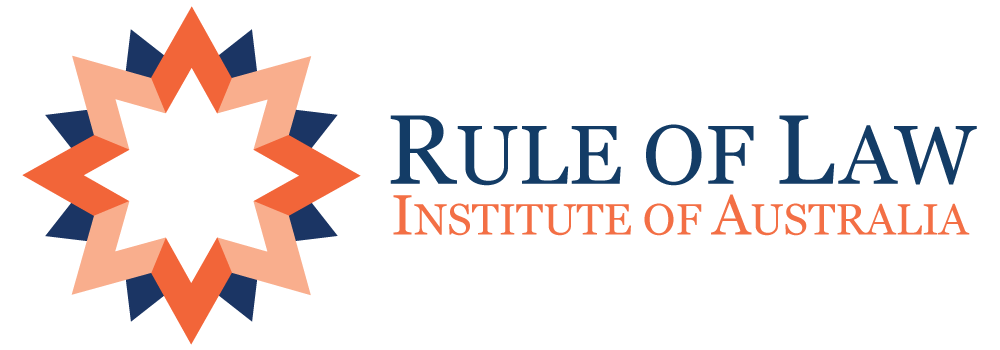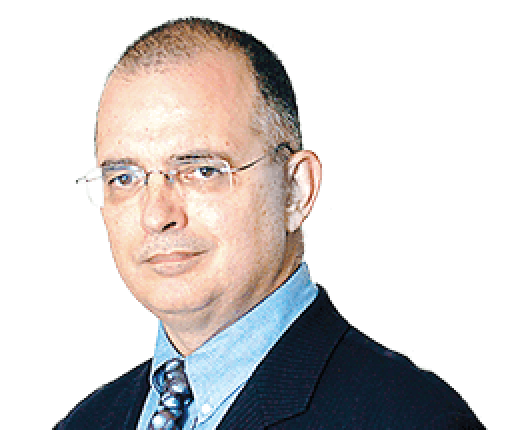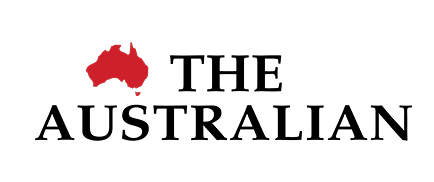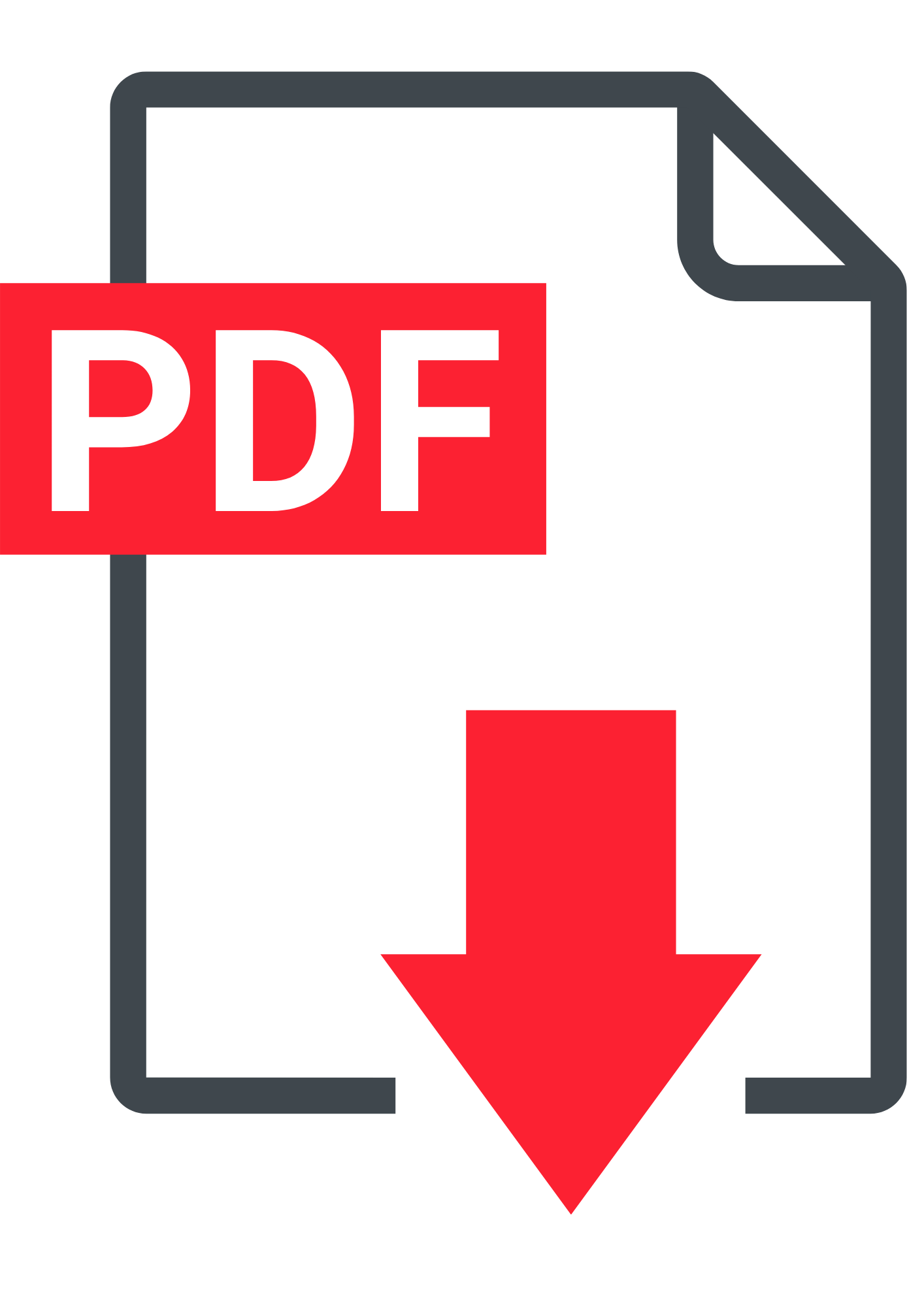Yet we are seriously being asked to embed this unknown entity in the Constitution.
Before that happens, we need to know how the government plans to implement the final report of the Indigenous Voice Co-Design Process which calls for an administrative structure that is “entirely separate from any existing body and under the control of the national Voice members and co-chairs”.
“The national Voice would require a very high degree of independence because of its unique structure. Therefore, it would not be appropriate for its policy and administrative support to be provided by an existing government entity,” that report says.
If the scope of the Voice is to extend beyond indigenous affairs into any area it likes – as recommended on page 150 of that report – there are huge implications for the size of this separate bureaucracy.
The report is clear: “Under the final proposal, advice would be provided on the laws and policies that the national Voice sees as of greatest importance to Aboriginal and Torres Strait Islander peoples. Restricting the scope of the advice function would diminish the role of the national Voice as a national, broad-based representative body . . . and reduce its ability to influence the Australian parliament and government.”
In order to provide an informed view on an unlimited range of matters, the Voice would need a substantial public service. But how big? And how much will it cost?
With none of these details on the table, this “debate” has been been limited to feel-good assertions from the “yes” side of the argument and increasing concern from the “no” side about the government’s refusal to explain what it is planning.
It looks like the main goal is to keep voters in the dark. We will not be provided with an official case for either side of this referendum and will instead be subjected to an “education” campaign.
But this approach might not be sustainable now that core planks in the feel-good case for the Voice are starting to unravel.
The first to go is the idea that constitutional change is just a symbolic act. The second is that this proposal will bring the nation together, healing divisions.
Neither assertion can be sustained. For proof, look no further than the statements of Noel Pearson, the key leader of the ”yes” campaign and one of the architects of the Voice.
Five years ago, Pearson and Shireen Morris, a lawyer and academic, wrote in the Australian Law Journal about why they favoured a constitutionally mandated indigenous body that would advise parliament and the executive on laws and policies.
That article shows that such a body was about power, not symbolism:
“It would provide a constitutional platform for indigenous empowerment . . . it avoids the uncertainty of symbolic constitutional change,” Pearson and Morris wrote.
The line about healing divisions bit the dust on Tuesday thanks to Pearson’s vilification of senator Jacinta Nampijinpa Price who had asserted that the Voice would entrench racial divisions.
By lashing out at Price, Pearson proved her case. The ”yes” side of this debate is already fostering divisions.
Nowhere in Pearson’s spray, broadcast for seventeen minutes by ABC radio, did he come close to addressing the issues she had raised the day before.
Price has reframed this debate. She has transformed this referendum into a test of whether Australia will adhere to the great principle that underpins true democracies.
“We are not looking for more division,” she said.
“We are part of a liberal democratic Australia and one of our fundamental principles is that we are all regarded as equal under the law despite race, despite gender, despite anything else.
“Why should I as an indigenous Australian be governed by a separate entity because of my race?
“We are here to serve Australian citizens of all backgrounds and it is not right to divide us along the lines of race, especially in our Australian founding document,” Price said.
Some might quibble with Price’s assertion that the Voice will “govern”. But consider the possibilities that must now be under consideration: it looks like the Voice will have a separate bureaucracy, it looks like involving itself in matters that extend beyond indigenous affairs and the prime minister has conceded it would be a brave government that ignored its advice.
That looks a lot like a shadow government that would affect public policy across the nation while remaining accountable only to a sub-set of society.
Thanks to former High Court judge Ken Hayne we also know that if the Voice is established, the High Court – and not parliament – will have the final say on disputes about its powers.
That puts an end to the argument that parliament will be in control of this institution – just as it is in control of advisory bodies such as the Productivity Commission.
The difference is that the Voice would be embedded in the Constitution which means ultimate control rests with the High Court, not our elected representatives.
The Voice is not about symbolism. It would subject indigenous Australians to a separate system of public policy development that has the hallmarks not of a third chamber of parliament, but of a shadow government.
Chris Merritt is vice-president of the Rule of Law Institute of Australia. He is a contributor to the recently published book, Beyond Belief, Rethinking the Voice to Parliament, published by Connor Court



